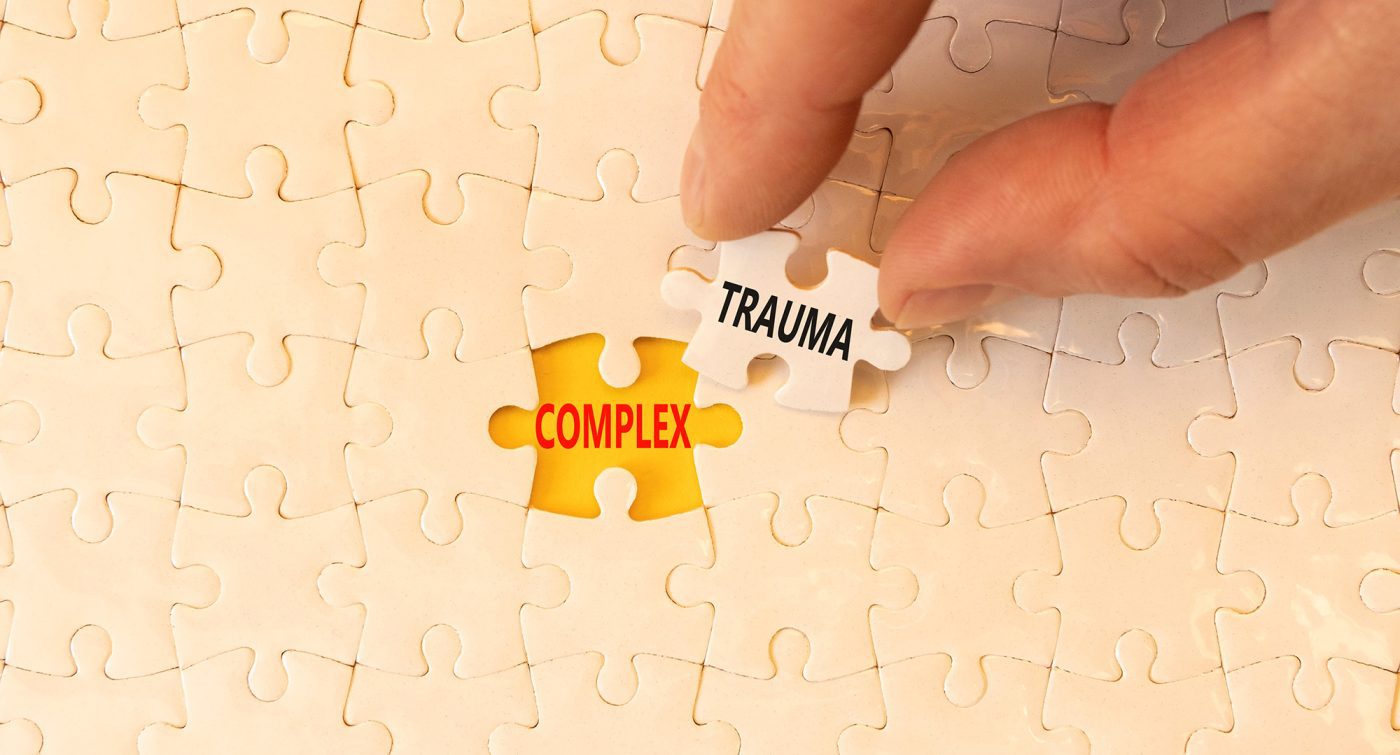Understanding Complex PTSD
Complex Post-Traumatic Stress Disorder (CPTSD) arises from prolonged exposure to traumatic events, often occurring in relationships where there is an expectation of trust. This can include repeated abuse, neglect, or other forms of emotional, physical, or sexual trauma over an extended period. Unlike PTSD, which can develop after a single event, CPTSD involves deeper emotional disruptions that make recovery a more intricate process.
How EMDR Helps with CPTSD
Eye Movement Desensitization and Reprocessing (EMDR) therapy is a unique, evidence-based approach to psychotherapy that is especially effective in treating trauma, including CPTSD. EMDR therapy facilitates the accessing and processing of traumatic memories and other adverse life experiences to bring these to an adaptive resolution. Here’s how EMDR can help those struggling with CPTSD:
1. Accessing and Processing Traumatic Memories: EMDR therapy uses bilateral stimulation, such as eye movements or taps, to activate opposite sides of the brain. This method helps individuals with CPTSD access traumatic memories which are often locked in the nervous system in a raw, unprocessed form. EMDR allows the brain to process these memories, reducing their emotional impact and helping individuals see them in a new, less distressing way.
2. Changing Emotional Reactions and Beliefs: Individuals with CPTSD often develop negative beliefs about themselves or the world around them (e.g., “I am worthless,” or “The world is a dangerous place”). EMDR therapy targets these negative beliefs, transforming them into more positive and empowering ones. This cognitive shift can reduce feelings of helplessness and improve self-esteem.
3. Reducing Physiological Arousal: CPTSD can cause hyperarousal, where the body is perpetually on ‘alert’ mode. EMDR helps decrease the physiological arousal associated with trauma, aiding individuals in feeling calmer and more in control.
4. Enhancing Emotional Regulation: Through the structured approach of EMDR, individuals can learn to manage their emotional responses more effectively. This is particularly beneficial for those with CPTSD, as they often experience difficulty in controlling emotions.
5. Improving Interpersonal Relationships: By processing the trauma that underlies many of the symptoms of CPTSD, individuals often find improvements in their relationships. As their perception of safety changes, they can engage more positively with others and rebuild trust.
EMDR therapy represents a profound shift in the treatment of CPTSD, offering hope and healing through its structured, phased approach. By directly addressing the roots of trauma, EMDR not only alleviates symptoms but also empowers individuals, allowing them to move forward into a healthier, more fulfilling life. For those wrestling with the chains of complex trauma, EMDR therapy shines as a light in the darkness, guiding the way toward recovery and resilience.
If you or someone you know is struggling with symptoms of CPTSD, consider reaching out for a free consultation. EMDR therapy could be the key to unlocking a path to recovery that has seemed elusive for far too long.
About the author:
Mercedes Cusick LMFT, is a Certified EMDR trauma therapist. Specializing in CPTSD, PTSD, narcissistic abuse, and various forms of abuse/neglect. Based in Woodland Hills, California. Mercedes also offers her expertise to clients in surrounding areas including Calabasas, Agoura, Malibu, West Hills, Northridge, North Hollywood, Tarzana, Studio City, and Sherman Oaks.


